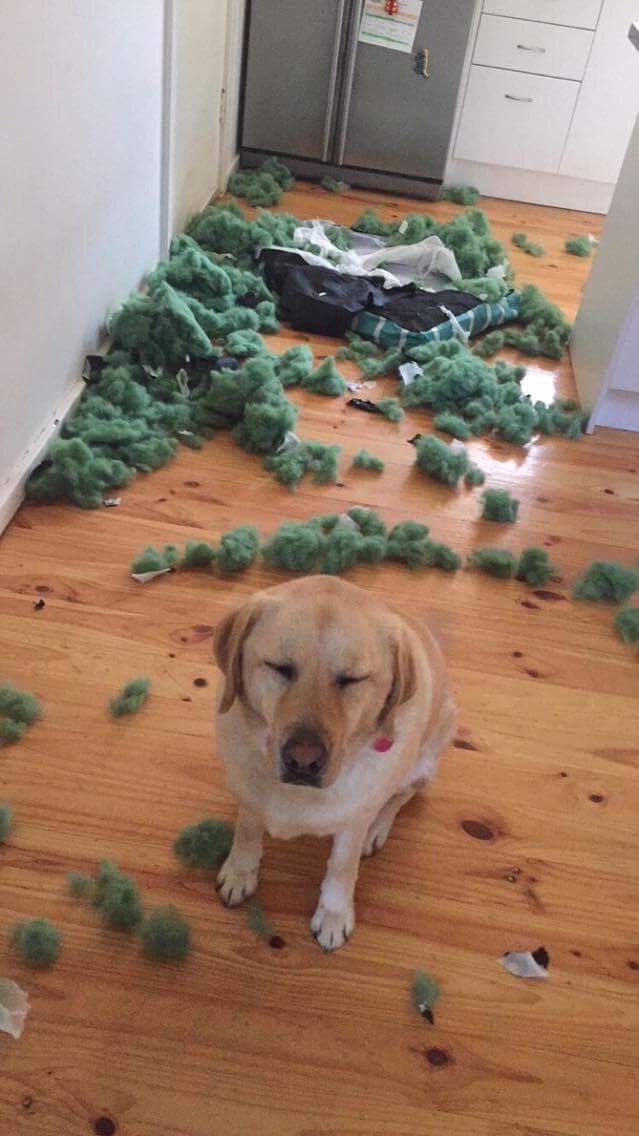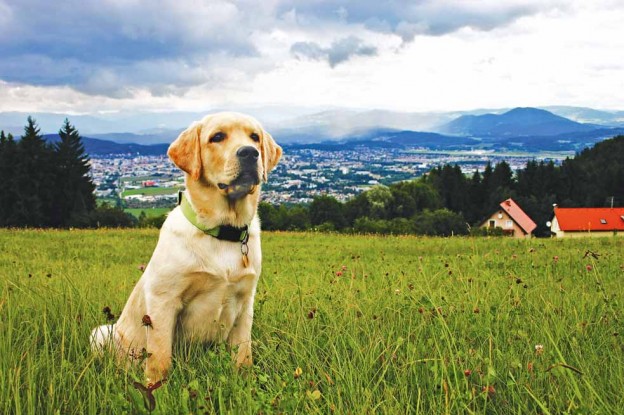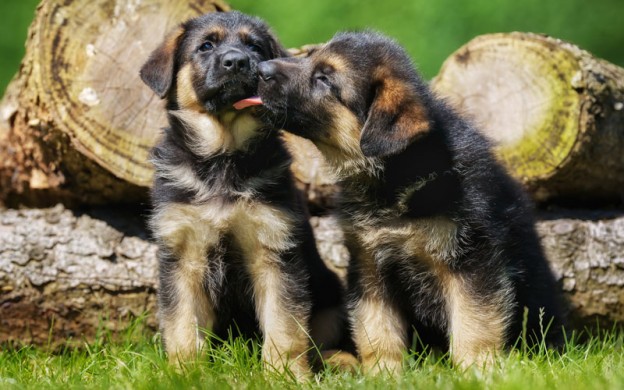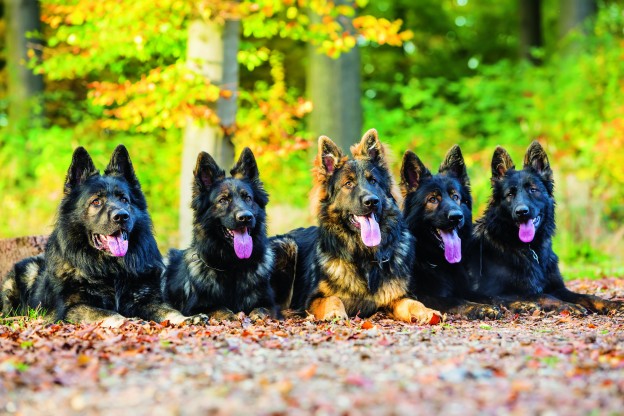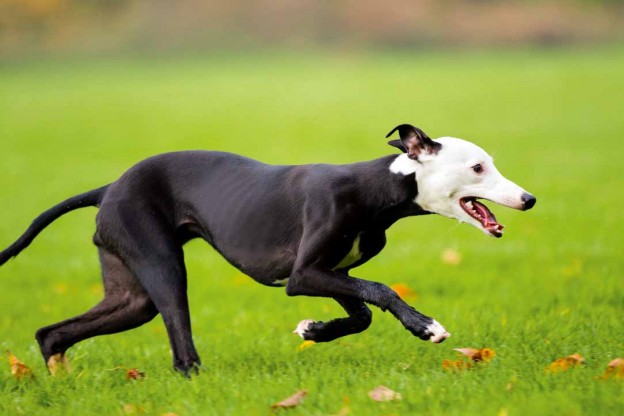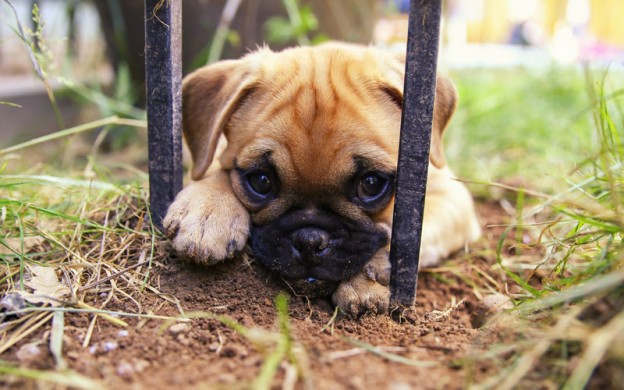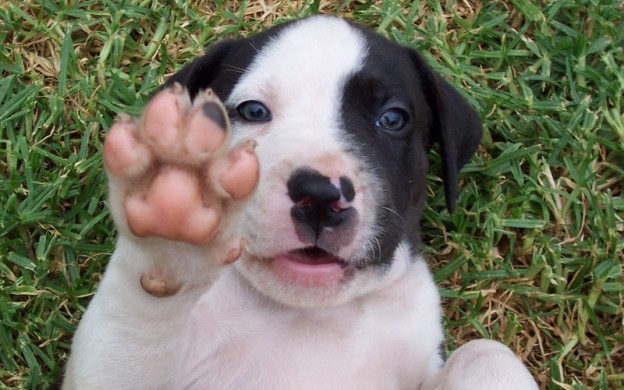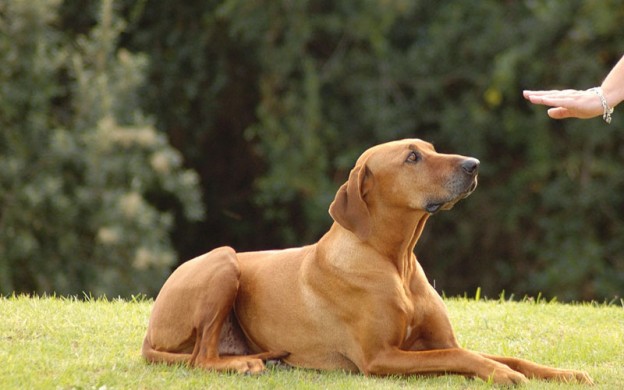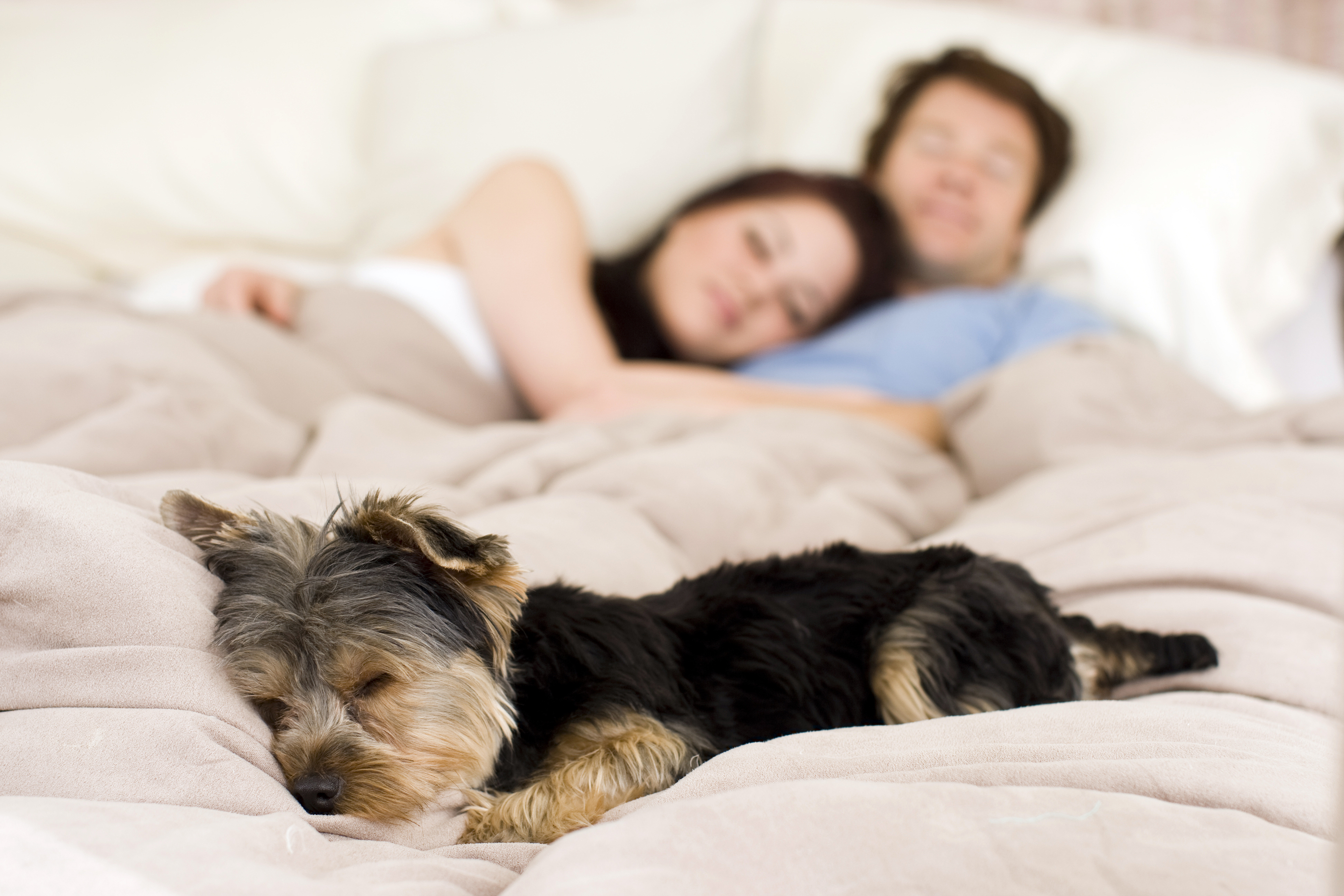
Long gone are the days where dogs would reside in a backyard kennel. Now they are inside with us — some even nuzzling into our beds. Kylie Baracz discovers the benefits of indoor vs outdoor dogs.
Years ago, keeping your dog inside with you wasn’t common. Back then, owners considered dogs as protectors — a mate, but not part of the family. Fast forward to 2014 and dogs are not only sleeping indoors and spending time with the family, they are also making their way into our beds. So what changed? Pet psychologist Dr Joanne Righetti says it could be because we now consider them as part of the family unit. “We now have smaller families, but still have a human need to nurture and we now lavish our care and attention on our pets. It makes sense to keep something you care about close to you,” says Dr Righetti.
What are the benefits of indoor dogs?
When dogs spend time with us inside, there are some great benefits for both us and our pooches. Dr Righetti lists the perks of having a pup inside:
- They are always close when we need someone to talk to or to touch.
- They become part of the family and our children (if we have them) benefit from having a companion to nurture and tell their secrets to.
- We can more easily see when our pets are sick or their behaviour has changed and can seek help.
- They alert us to anyone who is approaching our homes (and for those who want a guard dog — there is more chance of them protecting what is in your home rather than simply protecting your backyard).
- We know where they are at all times so we can stop any misbehaviour.
- There are even health benefits such as having fewer allergies when you grow up with pets.
- They vacuum up all our crumbs!
What are the risks?
While Dr Righetti says the benefits of having a dog greatly outweigh the risks, there are some hazards to think about before opening that doggy door:
- There are disease risks of having a dog close to us as zoonotic diseases that can be transferred from animal to human and vice versa. These risks are small, however, and probably far outweighed by the benefits.
- We could potentially encounter our dog’s aggressive tendencies, perhaps challenging you for the sofa or taking your children’s toys. Obviously dogs need to be managed adequately and help found when any danger is present.
- Toilet training is a must; otherwise you may find puddles on your favourite rug.
- Other risks include tripping over your dog or not having a place on the sofa to sit!
What’s best for the dog?
Dr Righetti believes everyone should have a choice when it comes to the rules of the house, including working out what makes your pup comfortable. “If humans don’t want to sleep with their dog on the bed or in the bedroom, they shouldn’t have to. The same applies to the dog. Most dogs will choose to sleep near their owner. They have more restless sleep than us and may get too warm next to us. Then again they, and we, can be a great source of heat in winter,” she says.
“Some dogs, which spend a great deal of time in close proximity to their owners, will go on to develop separation anxiety — where they fret when left alone. Some dogs do not exhibit this condition so we don’t really know why some do and some don’t yet. Owners can make sure they spend some time apart from their dog, leaving them home alone or even leaving them in the room alone for a minute or two. This will help their dog learn to cope with being alone, especially if they are left with a toy or a treat to occupy them.”
Dr Righetti believes the bond is strongest when owners live in close proximity to their dog. “If you don’t wish your dog to be indoors, perhaps you should spend more time outside. If this is unacceptable, then perhaps a different kind of pet would suit you better,” she says.
How to prevent the mess
Keeping dogs inside can mean a bigger mess to clean up (eg urinating inside, chewed couches and shedding hair). So how can owners prevent these messes and still have their pooch indoors? “Mess equals environmental enrichment for dogs! Give your dog something to occupy them when indoors or when outside and you will have a happier canine,” says Dr Righetti. “If your dog is really destructive, confine them to a small, safe area when you cannot be present to supervise. When you are home, keep the dog near you (even attached to a lead) and you can monitor their behaviour, until you have taught them the way you’d like them to behave.”
Want more articles like this? Subscribe to Dogs Life Magazine
